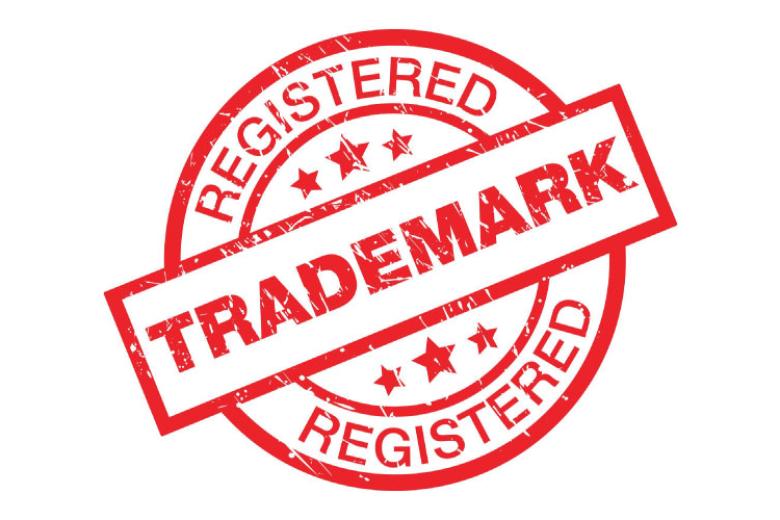The US Shop Safe Bill: protecting consumers but not brand owners
The rise of e-commerce has resulted in a sharp increase of counterfeit products in the market. The new US Shop Safe Bill introduces liability for online marketplaces, but only in case of counterfeit products that are risky for consumers, which makes this bill a preventive health measure for consumers rather than conferring protection for brand owners.
Currently, the US does not have any regulation that requires multi-merchant websites, like eBay, to monitor who is selling and what is being offered for sale on their websites. This absence of regulatory duties has made the online sale of counterfeit products a growing problem. In fact, there is little-to-no barrier to entry, which allows the seller base to grow, and so will the sale of counterfeit products. Such e-commerce websites hence have become very attractive for millions of merchants who sign up to be a seller.
It is interesting to note that Amazon had launched a new program before the introduction of the bill called “Project Zero”, aiming at the elimination of counterfeiters. The initiative provides automated protection of brands against counterfeiting and allows the IP owners to remove a counterfeit listing themselves without having to contact the online platform (i.e. Amazon).
Shop Safe Act 2020
The Stopping Harmful Offers on Platforms by Screening Against the Fakes in E-commerce Act 2020 or Shop Safe Act 2020 (hereinafter referred as “bill”) seeks to amend Section 32 of the Lanham Act to introduce contributory liability for online marketplaces. The bill provides that an e-commerce platform shall be contributorily liable for infringement by a third party seller participating on the platform for use in commerce of a counterfeit mark in connection with the sale, offering for sale, distribution or advertising of goods that compromise health and safety of consumers.
The e-commerce platforms could avoid such liability if they are able to prove that they took reasonable steps to prevent such use on the platform. Reasonable steps include safe practices like review of the sellers to ensure their legitimacy, removing counterfeit listings, and removing sellers who repeatedly sell counterfeits.
It is clear that the application of the new bill is limited to products which can become a risk to the consumer’s health and safety. The bill defines such goods as those whose use could lead to illness, disease, injury, adverse event, allergic reaction, or death. The definition however seems to be extremely wide and could potentially include every product which can lead to injury or a disease if used incorrectly or with a defect.
What about counterfeit without risk for consumers?
Purchasers of a perfectly safe, but nevertheless fake product like a designer bag, are unlikely to have any remedy under this bill. The definition of goods given under the bill seems to be ambiguous because even a designer bag made up of fake leather or any other material can potentially cause allergic reactions or injury.
The e-commerce platforms are required to institute safe practices for potentially unsafe goods. But under the given definition, how one would distinguish between a safe and an unsafe product since any product could cause death or injury if it is defected? It should also be noted that it will be rather inefficient for an e-commerce platform to employ safe practices only for those goods that are potentially dangerous for consumers. It is more likely that the platform would institute the safe practices for all products sold through its website.
Consequently, if the definition of unsafe products proves to be rather broad, the bill may in the end protect both consumers and trade mark owners, even though not targeting brand protection. A brand owner will be protected under this bill if the infringing product involves a health risk – it will depend how a health risk will defined in practice. However, a platform that hosts only “harmless” products like jewellery or bags might not be held accountable for allowing rampant sales of counterfeit goods.
Counterfeiters make a considerable profit commercializing counterfeit designs and signs protected by intellectual property rights. This makes counterfeiting a big threat to IP right owners. Even though the bill may apply to many products in the end, it could have addressed the protection of brand owners against counterfeiting activities by enlarging the scope of protection to also safe products.
| By Sarah Usmani, IPKM LL.M. student 2019-2020. More blogs on Law Blogs Maastricht |
-
Protection of reputable marks beyond confusion: does “due cause” help to strike a balance between trade mark proprietors and content creators?
Content creators, exercising their freedom of expression, may use trade marks in their content in a way that might damage the interests of trade mark proprietors (e.g. use of Nike shoes in a porn movie). How does EU trade mark law address these different interests?

-
Computer-Implemented Inventions: has the term “invention” in the EPC lost its meaning?
The European Patent Convention defines subject-matter that is not eligible for patent protection, such as methods for doing business. However, when implemented by a computer, non-eligible subject matter becomes eligible for patent protection. Is this desirable?

-
The ambigous nature of the amended European trademark functionality doctrine
EU trade mark law excludes certain signs from becoming registered trade marks. In particular, shapes cannot be registered if they are necessary for achieving a technical result. In 2015, the amended Regulation broadened this exclusion to ‘another characteristics'. But what is now covered exactly?
